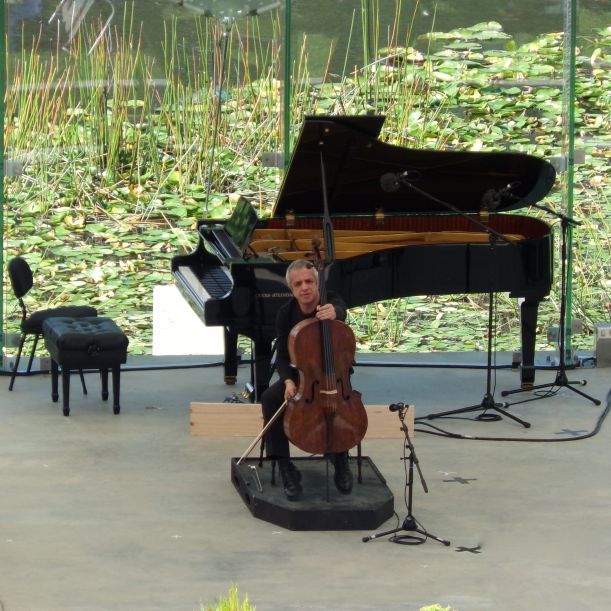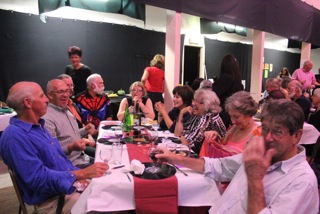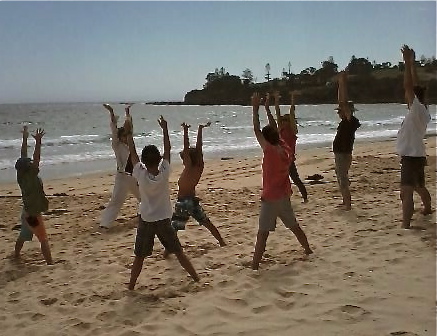Has the carefully orthodox behavior of climate scientists and the willful blindness of politicians led the world up a blind alley into a four degree or more dead end? Sadly I fear that may be the case and it is not due to careless science or incorrect claims about possible futures, it is the result of language and of politics.
On the language side, science, it seems, is incapable of making definitive statements about possible futures, instead everything is qualified, which would all be fine but for differing interpretations of the terms as understood by mainstream non-scientific members of the community. The general public will interpret ‘moderately likely’ as signifying that there is very little to worry about whereas the same phrase to a scientist might be interpreted as ‘get your skates on and pack the bag – in case.’
On the political front we face a different challenge. In the first instance few politicians have any scientific training and for a variety of reasons they tend to underplay the alarm calls. Assuming there is no preconceived bias or hidden agenda, once made aware of the gravity of the climate threat one might imagine that there would be an instant and effective response but this is not the case.
The conventional view assumes that economic growth is always good and we have to “grow the pie” if we would see wealth distribution more evenly spread through society. This view is promoted through platitudes like “a rising tide lifts all the boats” forgetting to mention that it may also drown those lacking a flotation device or that big boats take up much more space in the harbor.
Politicians see a growing economy as way to keep everyone happy, a guarantee of jobs and money for the next three or four years so that they (the politicians) can feel comfortable about re-election for another term. But they fail to see that the illusory rising tide of wealth brings with it a rising tide of pollution.
We live in a finite world, we fill it with the detritus of everyday life, industrial waste, pollution from coal-fired power plants and factory farms and we expect to escape unscathed. We require services from the natural world to maintain clean air, to filter our drinking water, to provide our food but we spray it with chemicals, cut it down, dig it up, build on it and in doing so we destroy the ecosystems on which we are dependent.
In 1994 Mathis Wackernagel and Professor William Rees of the University of British Columbia developed the concept and established the methodology for calculating humanity’s “ecological footprint”. In essence it is way to calculate our impact on the earth’s capacity to maintain clean air and water and re-establish natural systems disrupted by humanity..
Mathis Wackernagel explains the concept in this youtube clip outlining a way to estimate natural resource use and avoid ecological bankruptcy.
According to the Global Footprint Network the world is already in overshoot and annually uses 50% more resources than can be regenerated and produces 50% more waste than can be absorbed by the planet in a year.
Today we do not live in a world that has room to expand and grow without let or hindrance, that world ended about fifty years ago. Rather we are faced with a planet under stress from over exploited resources, an economy still based on planned obsolescence and a world polluted by its own waste. We frantically dig up any useful minerals, turn them into electronic toys like iPads, smart phones and notebooks that are discarded within 2 or 3 years and mostly then go into a landfill that leaches poison long into tomorrow.
Our world is a world created by a market economy that is addicted to economic growth and this is often overlooked and excluded from the climate conversation, or perhaps only referred to in terms of avoiding the need to take action. In Bermagui recently at a talk covering “The Politics of Climate Change” Dr Ken Henry explained the economic conundrum in terms of a market failure due to environmental impacts being treated as externalities. An externality is something that is not included in the accounting because it has no effect on the bottom line.
Business pollutes the atmosphere, the land and the water only because we do not require them to pay for the damage caused by their emissions and their waste products.
If we are to meet our global warming target of not more than 2degC increase above pre-industrial global average temperatures we must control these externalities and we will also need to abide by a “carbon budget” that does not exceed 1000 GigaTonnes of emitted CO2 as has been demonstrated in the United Nations Environment Program Synthesis Report ‘The Emissions Gap Report 2014’ published in November 2014 There is also an Executive Summary available to download.
In order to stay within the 2degC boundary it seems that we will need to be carbon neutral by 2055 and have zero net emissions worldwide by 2080. Unless there is a massive change of direction we will miss our 2degree target and end up in a world with four or five degrees of global warming.
In the book ‘Four Degrees of Global Warming – Australia in a hot world’ (published by Routledge and edited by political scientist Peter Christoff) some of our top scientists explore the likely consequences of a Four Degree World for Australia.
Scientists Will Steffen and David Griggs look briefly at historical records of collapsed civilizations and conclude that while climatic shifts were certainly important in the collapse there were probably other contributing factors. They suggest that, in line with ideas expressed by Joseph Tainter and Jared Diamond, societies that cling to core values which have become dysfunctional due to changing circumstances (like perpetual economic growth perhaps) or have become so complex that they lose resilience, may have predisposed themselves to a negative outcome.
In the chapter on Marine Resources Ove Hoegh-Guldberg, Elvira Poloczanska and Anthony Richardson point out that the ocean has buffered us from some of the effects of global warming by absorbing over 90% of the heat generated by the enhanced greenhouse effect and 30% of the additional carbon dioxide pumped into the atmosphere by our industrial activities and life choices.
It is not clear to what extent the oceans can continue to protect us but it is clear that they have become warmer and more acidic and that this will impact on marine life and on economically important fisheries
Science seems generally unwilling to make pronouncements about sea-level rise, due perhaps to a lack of precise understanding about mechanisms involved in the melting ice sheets of Antarctica and Greenland. These large ice sheets will melt if the world continues to warm unabated and when they do all the world’s major cities will be battling for survival just as Venice is today.
Records for heat are constantly tumbling, 2013 was the hottest on record and now we hear that 2014 will probably match or even exceed that. As we move into this 2014-15 summer we are already facing record heat in many parts of NSW and we have not yet even reached 1degC above pre-industrial levels. The bush fire season is fast approaching, much of the State is still very dry if not actually in drought and there are questions about whether or not it will be an El Nino year.
It seems likely that at 4degC of global warming Australia will become very uncomfortable and looking fifty years into the future some parts of it may even become uninhabitable.




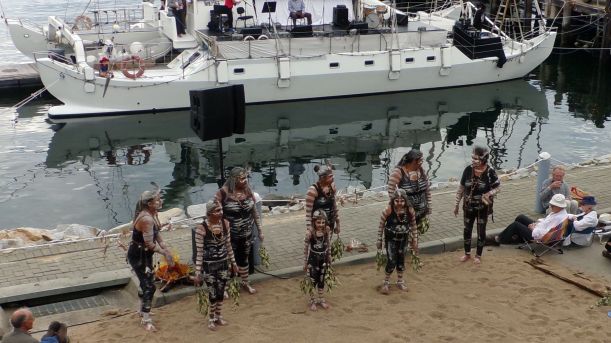
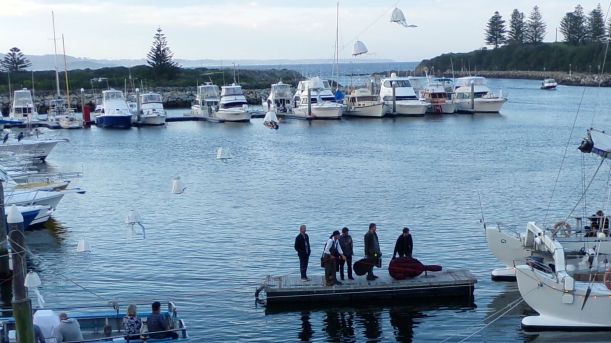
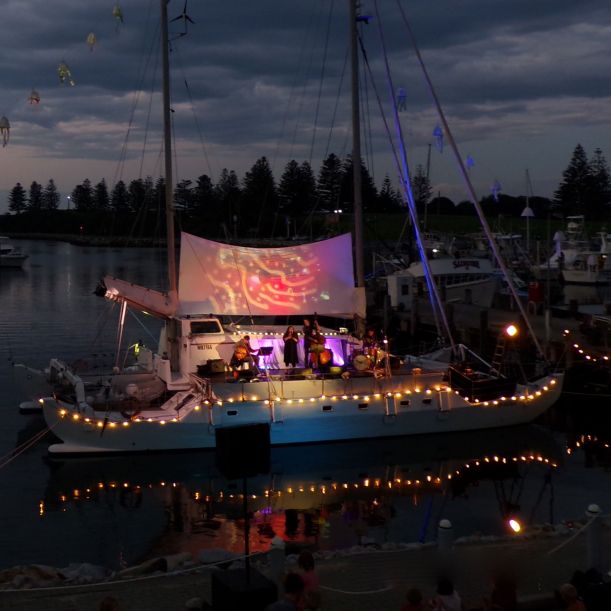
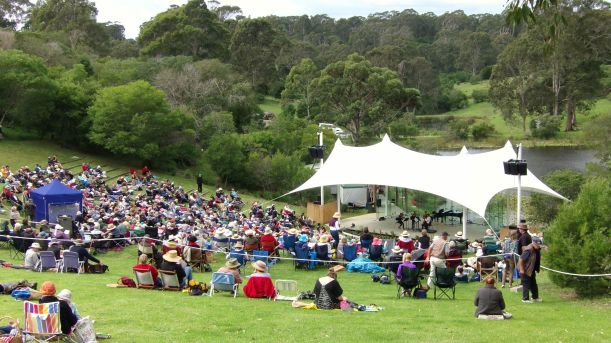
 or Dejan Lazic demonstrating the depth of his talents on the new Overs piano took us on trip through time with the work of three composers that stretched across three centuries. Domenico Scarlatti who was writing in the early1700s, Franz Liszt from the nineteenth century and finishing with twentieth century composer Bela Bartok… or Giovanni Sollima who can do such wonderful things with a cello that you think he must have somebody else with another instrument hidden somewhere close by…
or Dejan Lazic demonstrating the depth of his talents on the new Overs piano took us on trip through time with the work of three composers that stretched across three centuries. Domenico Scarlatti who was writing in the early1700s, Franz Liszt from the nineteenth century and finishing with twentieth century composer Bela Bartok… or Giovanni Sollima who can do such wonderful things with a cello that you think he must have somebody else with another instrument hidden somewhere close by…